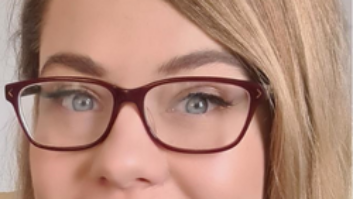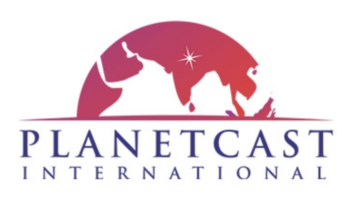The OTT market is continuing to effectively disrupt the traditional TV space and is now the preferred medium for a very large audience. In the UK, 2018 saw the number of subscriptions to television streaming services like Netflix overtake those to traditional pay television for the first time. While in the US, new research has found that by the end of the year, 34 per cent of households won’t have a traditional TV subscription as cord cutting continues at pace. Additionally, with new OTT services set to be released this year, viewers are being spoilt for choice. So, what will this increase in competition mean for the OTT players and could it help drive technological innovation?
A more saturated market
For several years, the main players in the OTT market have been Netflix and Amazon Prime, however, competition in this area is increasingly getting more crowded as new OTT platforms from Disney and Apple are slated for release this year. Already, this development is causing the industry and consumers alike to question whether they will subscribe to more than one service. With Netflix currently home to a number of Disney films, the emergence of Disney+ is likely to result in these films being removed from the service which could have a knock-on effect on its subscriber numbers. In fact, research has found that 24 per cent of Netflix subscribers are considering ending their Netflix subscription in favour of Disney+ – a number equal to 8.7 million people. This would be a significant hit for Netflix totalling about $117 million in lost revenue a month.
Technical innovation
With increased competition, existing and new OTT services will look to set themselves apart with a focus on driving technical innovation. As content costs increase and profitability remains a challenge, the barrier for entry into the OTT market is not as small as one might think. Providers will need to integrate more efficient and scalable video compression solutions to benefit from reduced operational costs, while also maximising quality of experience for the viewer, particularly as there is a higher requirement for low-latency in OTT services as they become more mainstream.
By 2022, it is estimated that 82 per cent of internet traffic will be video, as such broadcasters are being forced to innovate to cope with this substantial increase in streaming. This innovation is coming in a variety of ways including the development of new codecs which are better able to deal with growing bandwidths than the current standard code H.264. Video delivery requires a new standard that can drastically reduce the bit rate while maintaining the same video quality. These factors are leading broadcasters to look for the next codec, with strong contenders looking likely to be AV1 and HEVC, and have resulted in a number of consortiums being formed in recent months. For broadcasters, adopting AV1 could enable the absorption of video traffic while also supporting the growing number of 4K videos. Similarly, as 5G and ATSC 3.0 are introduced, broadcasters who adopt these developments could change the way we consumer video and enable viewers to stream larger video files at higher speeds.
Improved content
As well as technical innovations, increased competition is forcing SVoD services to look at the content they are creating and how they can better appeal to customers. This has seen Netflix, for example, looking at the older 44-64 age group after having exhausted growth in younger audiences. Additionally, the quality of and talent in shows on streaming services are increasing. For instance, Oscar winning actress Olivia Colman will be appearing in Netflix’s The Crown later this year, while Apple TV+, which is yet to launch, already has big names such as Reese Witherspoon, Jennifer Aniston and Steve Carell attached to projects that will sit on the platform.
What will be the outcome?
The emergence of new OTT subscription services is certainly leading to increased competition within the market and with consumers spoilt for choice, broadcasters are desperately trying to set their platform apart. This choice has led to a rise in ‘stacking’ – the act of having more than one video subscription – with research from Ampere Analysis in the US and Europe finding that people on average pay for three OTT subscription services and around 7 per cent of households have more than five. However, it also suggests that stacking has reached saturation point in the US and households may have already curated their suite of SVoD services and might not be willing to add a new subscription, and associated cost, to the mix. This is something that could also happen in Europe as audiences refuse to cover the costs of multiple services and are instead faced with deciding which one or two services they should stick with.
Consequently, this competition and desire to retain their existing audience base and attract new customers will inspire innovation at all levels. Not only will we begin to see more technological innovation as OTT services make use of and harness the technologies available to them, but we will also see this spill over into the quality of service and content on offer. Those broadcasters that manage to innovate in each of these areas will be the ones to have the greatest success in fighting off the competition.







